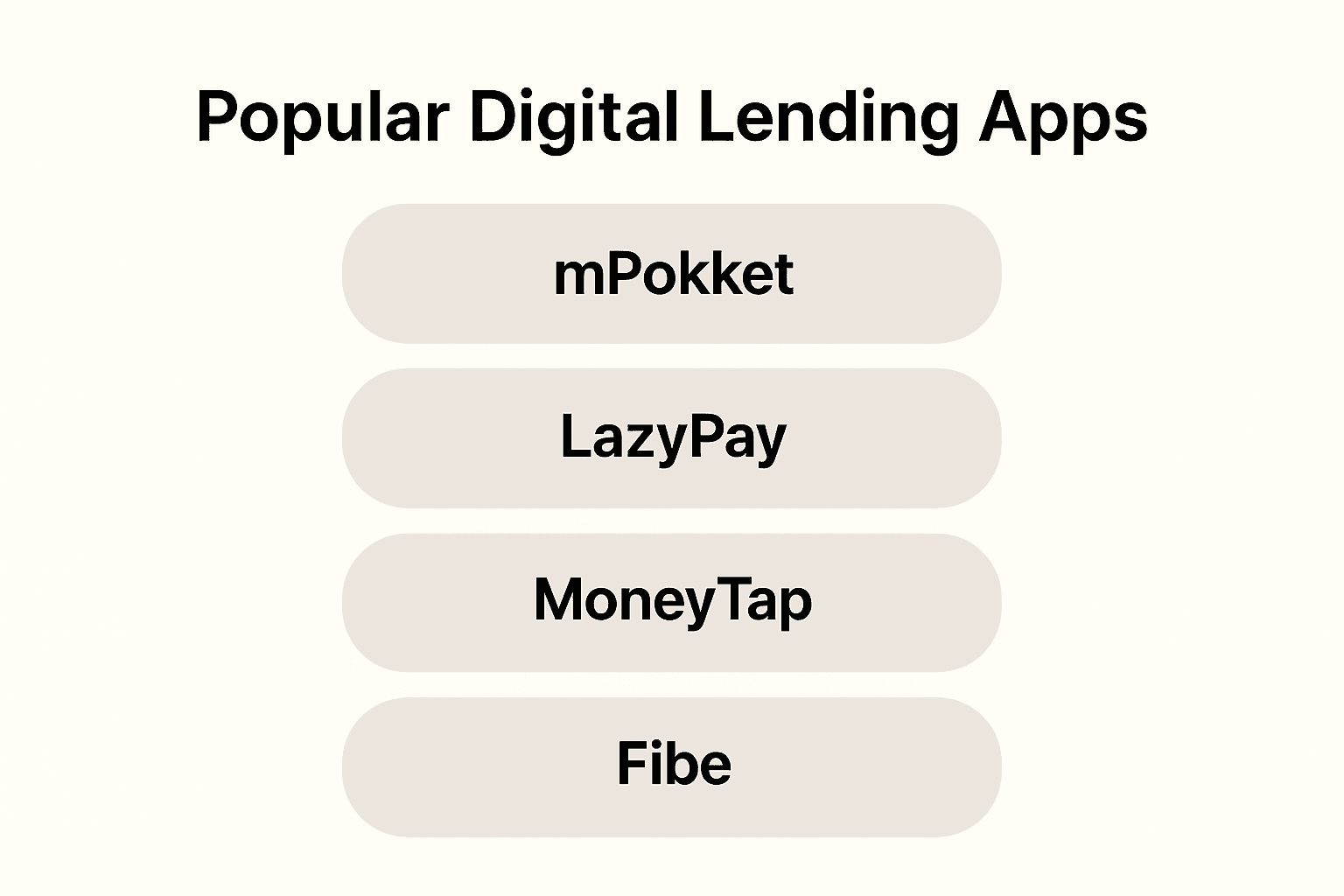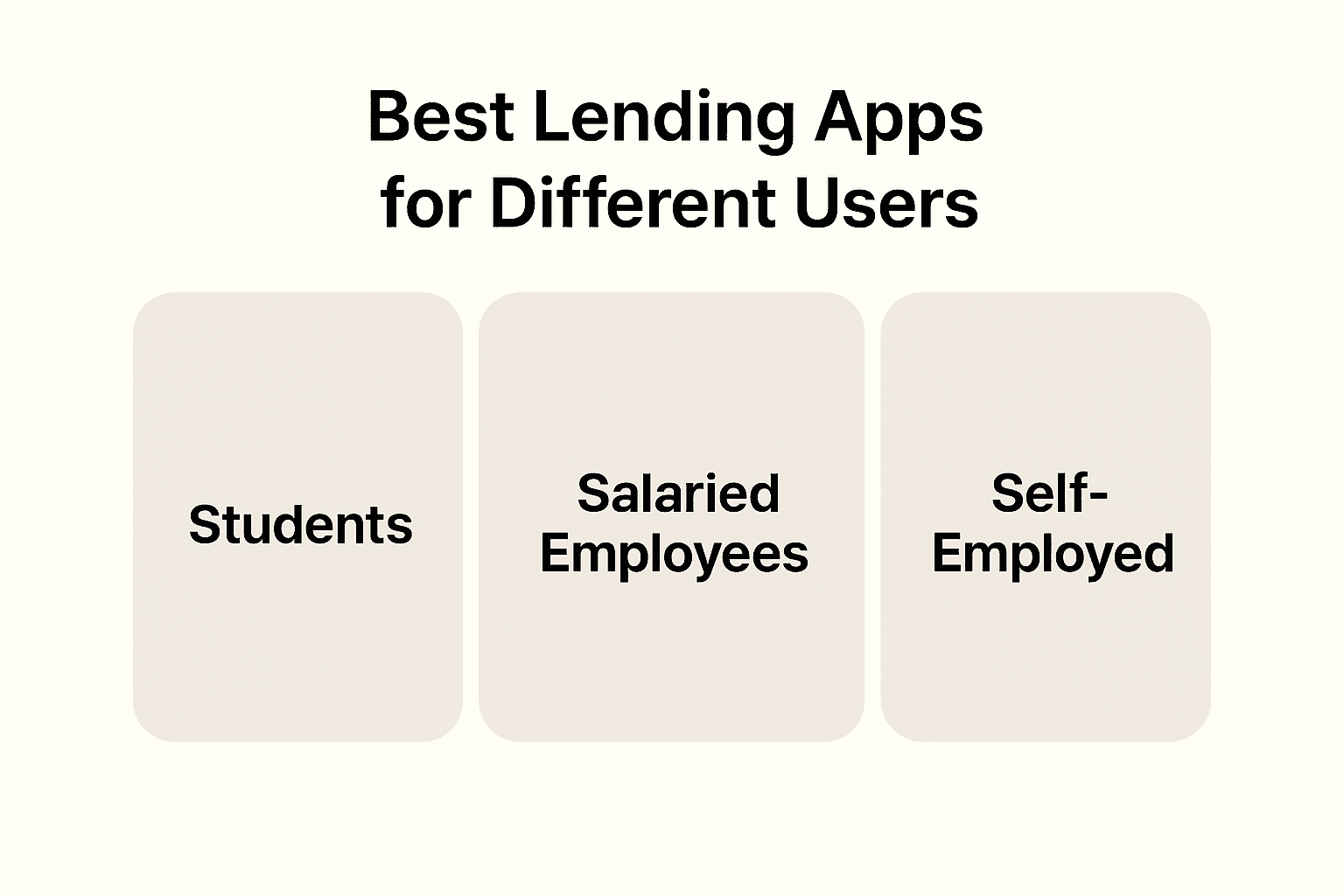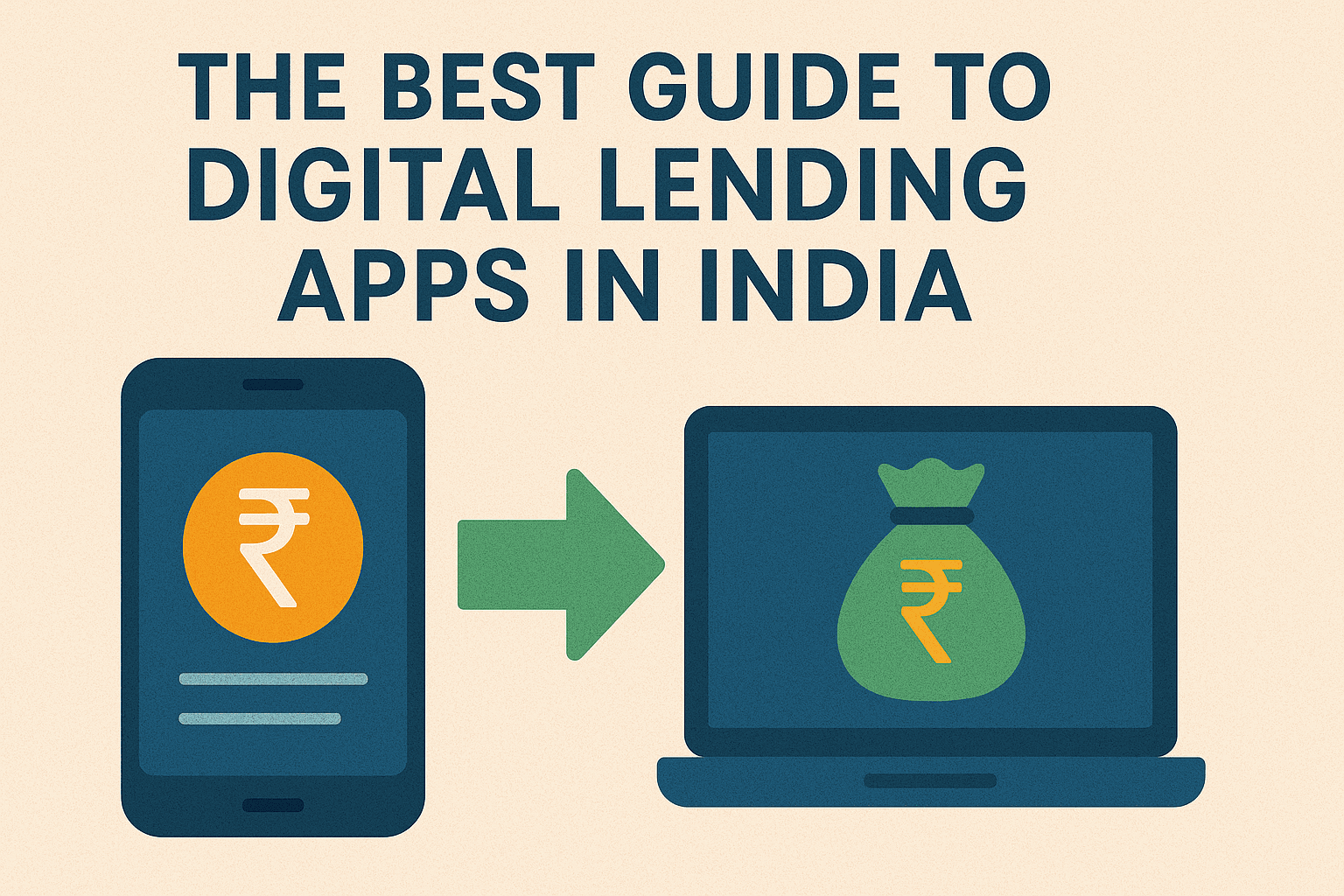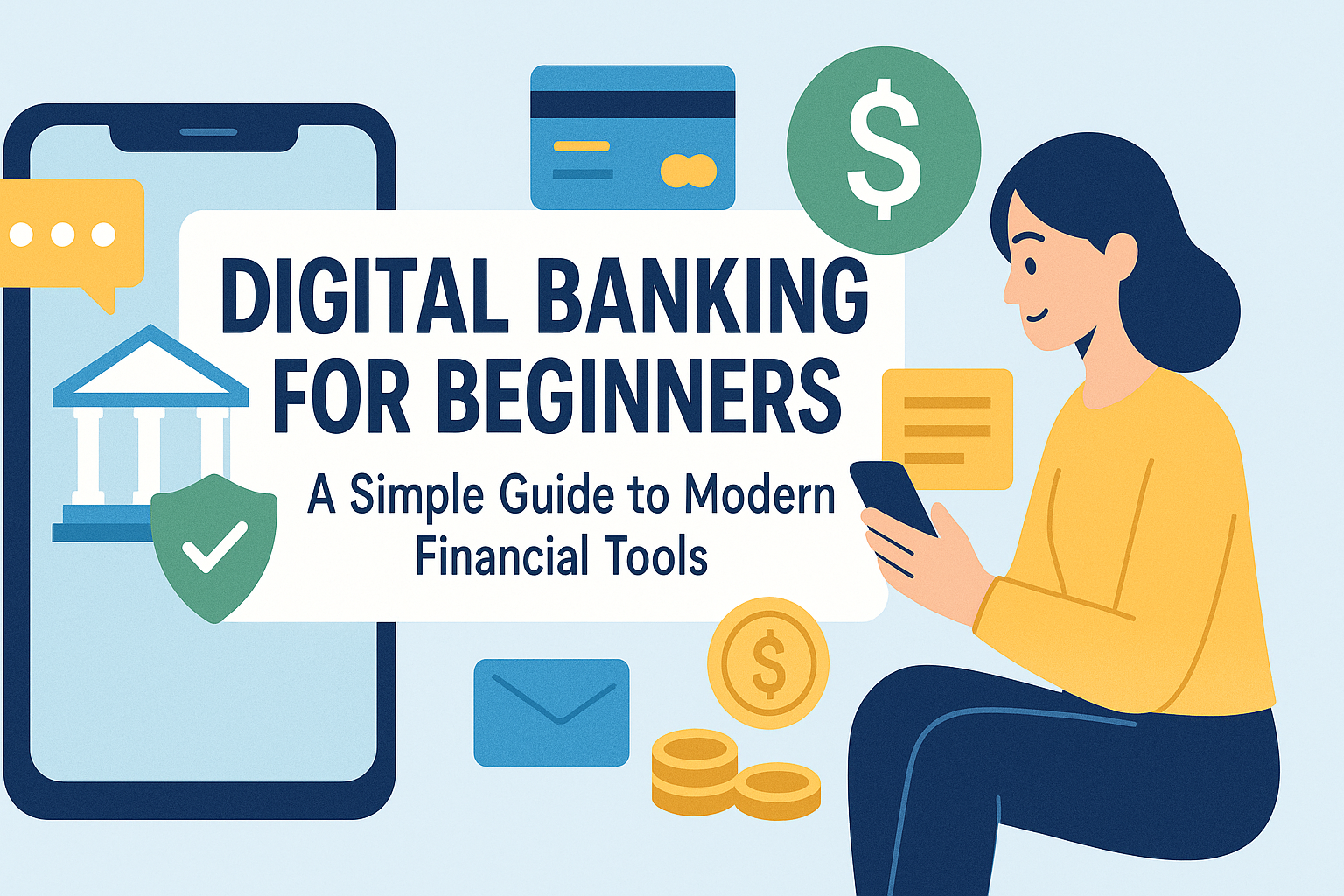Understanding Digital Lending in India
India’s fintech revolution has reshaped how credit is accessed and disbursed, particularly through the rise of digital lending platforms. These services have made it significantly easier for individuals to secure loans, especially those residing in Tier 2 and Tier 3 cities. Applications like LazyPay provide instant loan offerings of up to ₹5 lakh, drawing substantial attention from users across both urban and semi-urban areas. Generally, eligibility criteria include being between 21 to 55 years of age and meeting salary thresholds, as seen in platforms like Fibe, which specify different income requirements for residents of metro and non-metro areas. Digital lending apps India Tier 2 cities have thus become increasingly popular.
An estimated 18% of Micro, Small, and Medium Enterprises (MSMEs) now use digital lending platforms, signaling moderate but growing adoption. These platforms are rising in prominence despite challenges like limited traditional marketing penetration and underdeveloped infrastructure in rural regions. The expansion of digital payments through UPI has paved the way for deeper financial inclusion, enabling people who were once unbanked to enter the formal financial system. This transformation is especially pronounced in India’s smaller towns and cities. Government incentives continue to push fintechs toward extending services beyond Tier 1 cities, reinforcing nationwide financial inclusivity. Learn more in our UPI Impact Post.
What is Digital Lending?
Digital lending encompasses platforms such as mPokket and MoneyTap that grant personal loans quickly and efficiently, often without requiring a traditional credit score. These fully online platforms streamline application and disbursal processes, making it easier than ever for users to access funds. For example, mPokket is known to approve loans in as little as 10 minutes, eliminating the lengthy paperwork associated with conventional banks. These platforms typically offer flexible Equated Monthly Installment (EMI) repayment plans, allowing users to manage their loan repayments on their own terms. Moreover, interest is often charged only on the amount borrowed, with rates starting as low as 1.25% per month, making digital lending a practical option for many. Digital lending apps India Tier 2 cities are enabling a growing number of citizens to take control of their financial needs.
Growth of Digital Lending in Tier 2 & 3 Cities
Digital lending is experiencing robust growth in smaller cities. With nearly 18% of MSMEs turning to these platforms, there is a visible shift toward technology-driven credit. Despite certain scalability barriers caused by inadequate marketing channels, acceptance of online transactions among over 90% of users has fueled confidence in digital lending. The use of UPI and similar payment technologies is not only simplifying everyday payments but also serving as a gateway to accessing credit. Fintech companies are being encouraged to focus efforts on underbanked regions, further bridging the urban-rural credit gap. Regulatory reforms, improved digital infrastructure, and better user education are key recommendations to sustain this growth. As transaction volumes rise, particularly in non-urban India, more individuals are becoming comfortable with borrowing via apps, leading to a self-reinforcing cycle of digital financial adoption. This shift is especially visible through the increasing use of digital lending apps India Tier 2 cities.
Popular Digital Lending Apps

Well-known apps like mPokket and MoneyTap have carved a niche in the digital lending ecosystem by serving users who might not have a conventional credit history. These platforms allow users to complete their entire borrowing process online, often within minutes. mPokket’s loans come with a rapid 10-minute approval cycle and offer flexible EMI-based repayment options. MoneyTap lets borrowers access up to ₹5 lakh in funds and charges interest only on the utilized portion, offering a cost-effective borrowing solution. Upon approval, funds are directly transferred to the user’s bank account, ensuring maximum convenience and speed. These services are particularly impactful when examining the rise of digital lending apps India Tier 2 cities.
mPokket and MoneyTap for Beginners
Both platforms target beginners in digital lending—users who may not have prior borrowing experience or credit histories. mPokket facilitates small, quick loans with minimal eligibility requirements and a frictionless 10-minute approval process. Its simple EMI repayment structure is ideal for first-time borrowers. Similarly, MoneyTap caters to a broad spectrum of users, offering up to ₹5 lakh even without a credit history. Its interest structure—where users pay only on the amount used—makes it both user-friendly and budget-conscious. The ease of use and speed of fund transfers help build trust among novice borrowers. This is especially true in regions with limited traditional banking options, like the areas targeted by digital lending apps India Tier 2 cities.
Jar, Moneyview, and Navi for Established Credit Histories
For users with some credit history, platforms like Jar, Moneyview, and Navi provide a range of lending solutions.
| App | Partner Institutions | User Base | Loan Range |
|---|---|---|---|
| Jar | Aditya Birla Capital, KreditBee | Moderate | Small, recurring credit |
| Moneyview | NA | 650 lakh+ | Wide across 18,400+ pin codes |
| Navi | NA | Broad | Up to ₹20 lakh based on profile |
These platforms are suitable for individuals who have established borrowing behavior and seek more substantial or longer-term financing. Again, digital lending apps India Tier 2 cities are making it feasible for more users to access these options.
Best Lending Apps for Different Users

Various lending platforms tailor their offerings based on user demographics and financial needs. For example, LazyPay extends loans of up to ₹5 lakh to individuals aged 22 to 55, primarily targeting those in Tier I and Tier II cities. Interest rates for LazyPay typically hover around 18% per annum. Fibe, meanwhile, serves salaried individuals in metro cities with income thresholds starting from ₹18,000 per month; in non-metro areas, the bar is slightly lower at ₹15,000. Credy stands out for offering low-interest loans to eligible borrowers. Learn more about credit access in Tier 3 cities. The broad acceptance and adaptability of these platforms further demonstrate the vital role of digital lending apps India Tier 2 cities.
Suitable Choices for Salaried Individuals
| Lending App | Eligibility | Interest Rate | Tenure |
| IIFL | ₹15,000+ monthly income | 12.75%–44% p.a. | 3–42 months |
| LazyPay (Xpress Cash) | Salaried individuals | ~18% p.a. | 3–24 months |
| Hero FinCorp | Salaried individuals | Varies | Quick eligibility check |
Options for Self-Employed Individuals
| Lending App | Loan Range | Interest Rate | Tenure |
| Buddy Loan | ₹1,000–₹15 lakh | Starting at 11.99% p.a. | Varies |
| CASHe | Small-ticket | ~2.25% monthly | Starting from 62 days |
| LazyPay | Flexible | ~18% p.a. | With EMI plans |
Role of NBFCs in Digital Lending

Non-Banking Financial Companies (NBFCs) play a crucial role in the digital lending ecosystem. Platforms like FlexSalary and LazyPay leverage NBFC partnerships to offer personalized, flexible loan products.
FlexSalary: Benefits and Features
| Feature | Details |
| Loan Limit | Up to ₹2 lakh |
| Disbursal Time | Within 1 hour |
| Age Requirement | 21+ years |
| Prepayment | No penalties |
FlexSalary is ideal for users needing immediate funds, offering same-day disbursal for loans up to ₹2 lakh.
LazyPay: Competitive Lending Solutions
| Feature | Details |
| Loan Limit | Up to ₹6 lakh (including ₹1 lakh extension) |
| Age Range | 22–55 years |
| Location | Tier I & II cities |
| Collateral | Not required |
| Interest Rate | ~18% p.a. |
LazyPay’s Xpress Cash is a versatile solution for financing needs ranging from vehicle purchases to medical emergencies. Learn more about NBFCs’ role in financial inclusion.
Importance of a Healthy Credit Score

A healthy credit score is vital when applying for any loan, including those from digital lenders. It plays a key role in determining the interest rates and terms you’ll be offered. Individuals with high credit scores benefit from quicker approvals, lower interest rates, and higher credit limits. Building and maintaining a good credit score involves timely repayment, low debt levels, and responsible financial behavior.
How Credit Scores Affect Loan Eligibility
| Factor | Weight |
| Payment History | 30% |
| Outstanding Debts | 30% |
| Credit History Length | 15% |
| New Credit Inquiries | 10% |
| Credit Mix | 10% |
A score above 750 significantly improves chances of approval. According to CIBIL, 79% of personal loans are granted to applicants in this range.
Tips to Improve Your Credit Score
- Pay bills and EMIs on time
- Keep credit utilization under 30%
- Maintain a balanced credit mix
- Monitor credit reports for errors
- Limit new credit applications
Want a deeper dive? Read our guide onHow to Improve Your Credit Score with Low-Cost Tactics.



